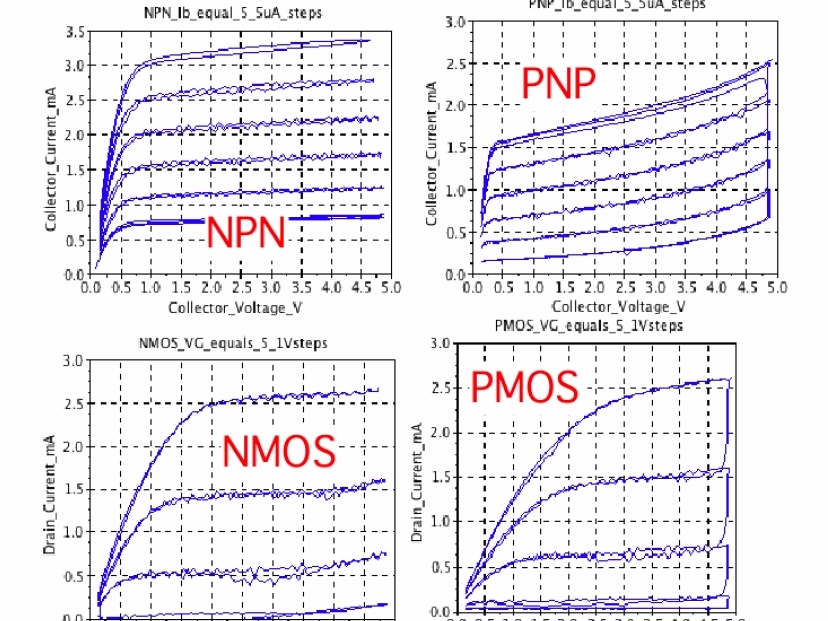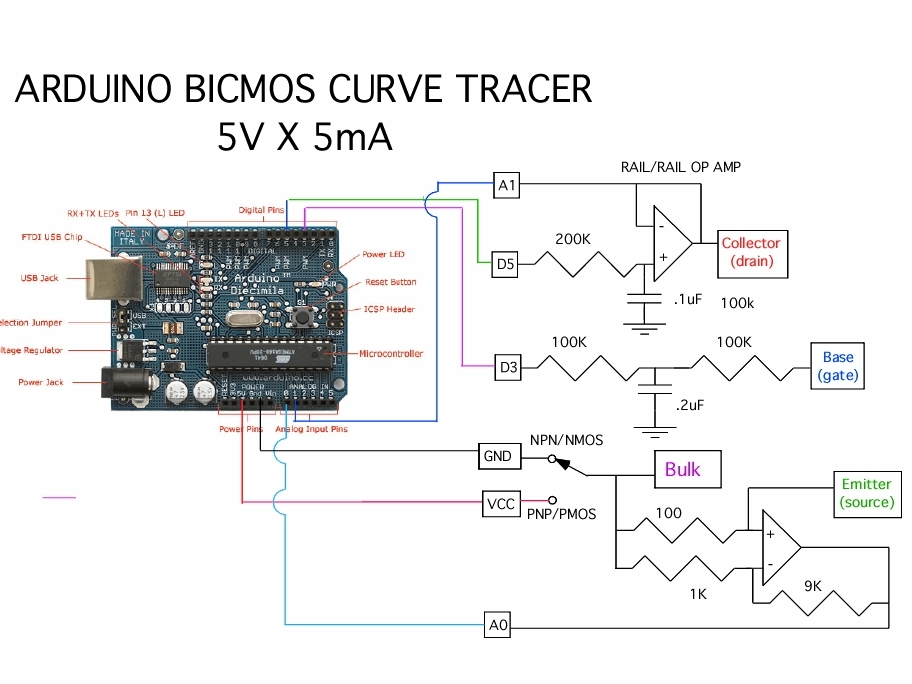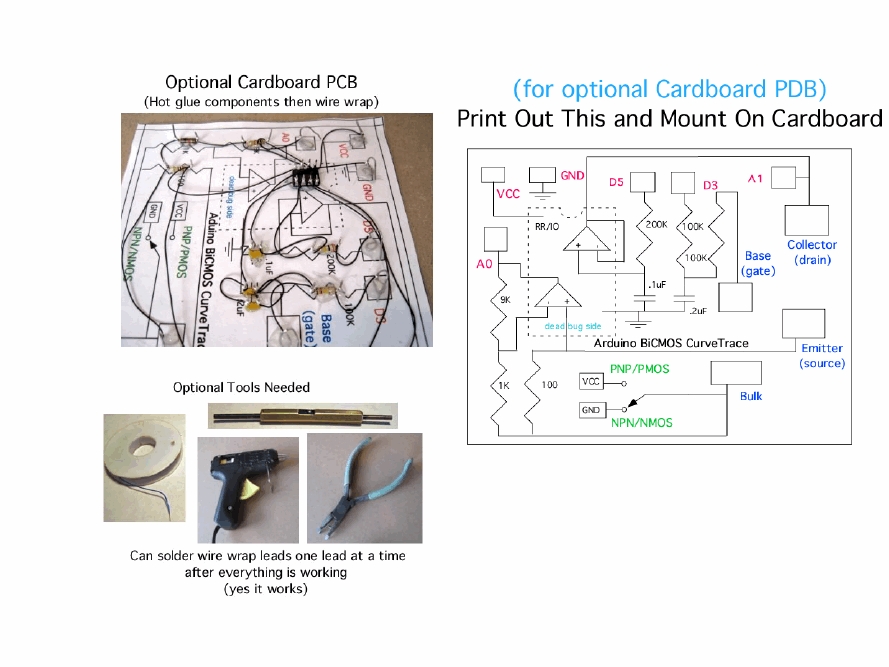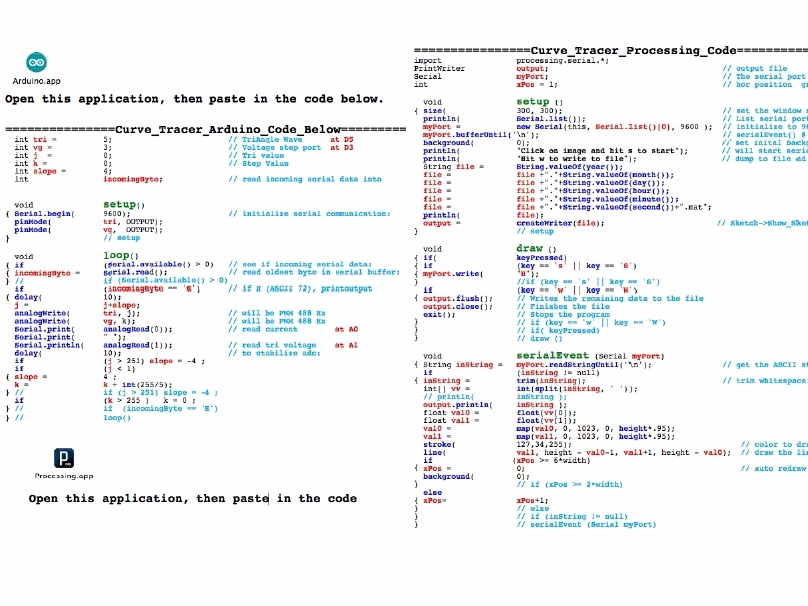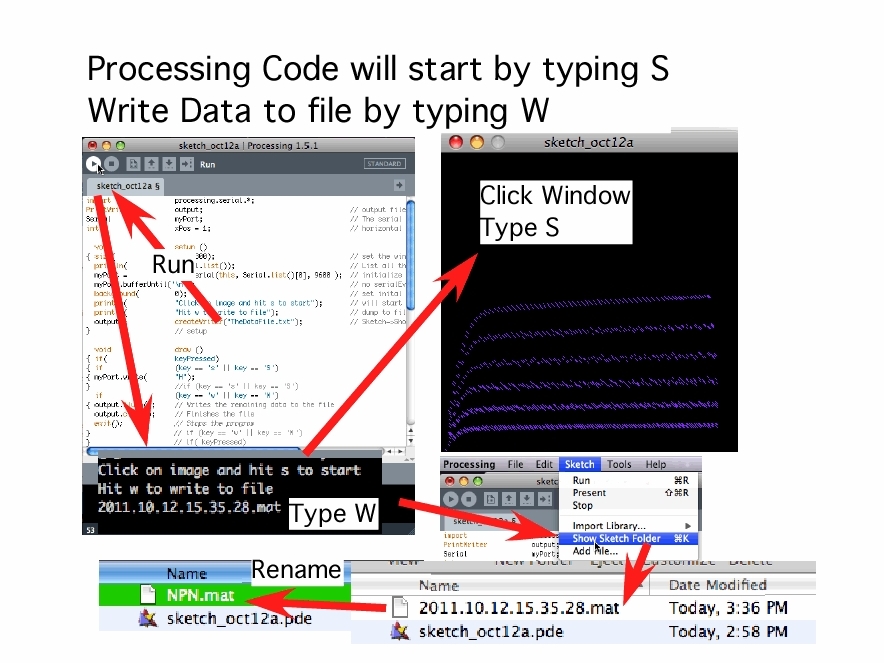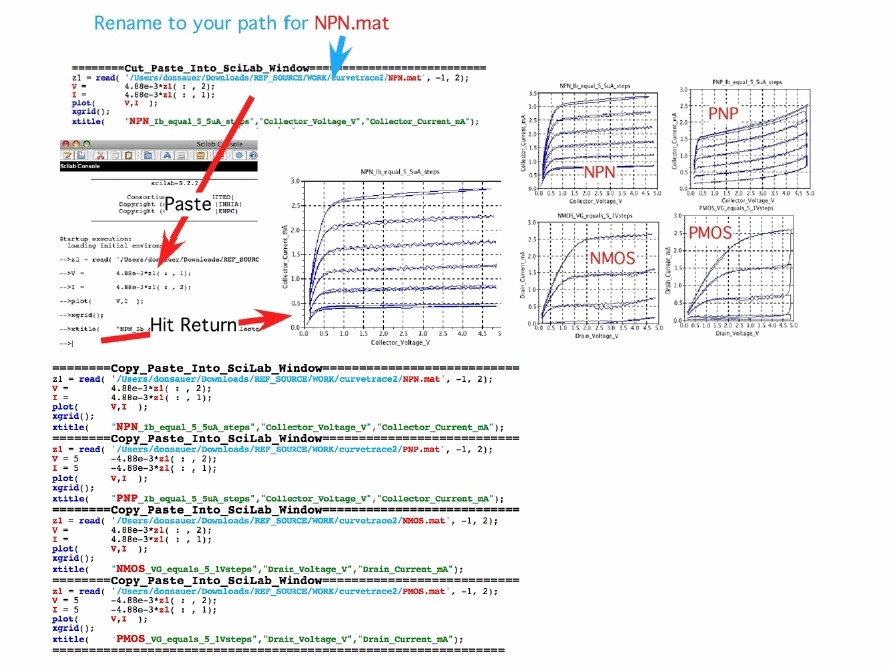This project shows how the analog input and output ports of an Arduino can be programmed to perform automated analog testing. The test results can then be saved as data in text files which can further be plotted into graphs.
Projects from Make: Magazine
Arduino BiCMOS Curve Tracer
Make a BiCMOS curve tracer which can measure NPN, PNP, NMOS, and PMOS transistors using an Arduino, a dual Op Amp, and some resistors and capacitors.
